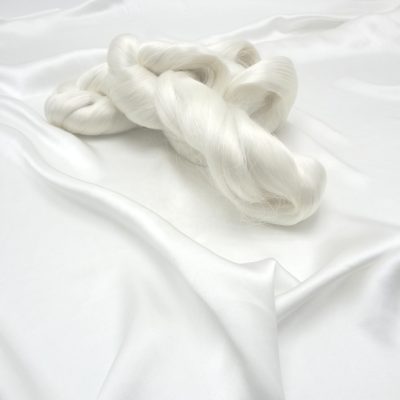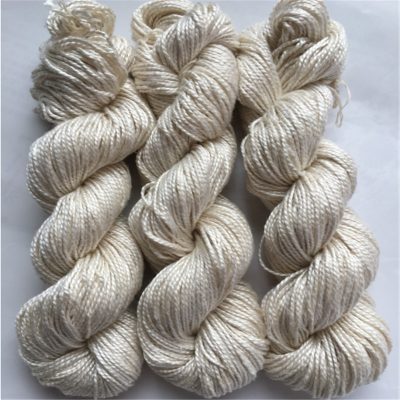1. Silk
The so-called silk is a continuous filament bundle, commonly known as filament yarn. Because silk already has the continuous characteristics of yarn and twisting is not as necessary as spun yarn, silk is mainly a textured yarn that imitates the fluffy, curled, and hairy spun yarn; imitates the natural thickness, stretch and spatial configuration of natural fibers Different thickness, different cross-section, different shrinkage, different crimp; and industrial filament yarn with high strength and low elongation characteristics of imitation silk fiber.
According to the source of silk, there are also natural silk (or real silk) and chemical fiber silk.
2. Line
The so-called thread is a strand made of two or more single yarns combined and twisted; the strands are combined and twisted to form a double-twisted strand. It is made up of core yarn, decorative yarn and solid yarn twisting. It has various special structural properties and appearances as fancy yarn (yarn), or fancy yarn.
Three, according to the use of yarn classification
1. Yarn for weaving
Weaving yarn refers to the yarn used for processing woven fabrics, which is divided into warp yarn and weft yarn. The warp yarn used as the longitudinal yarn of the fabric has the characteristics of larger twist, higher strength and better wear resistance; the weft yarn used as the transverse yarn of the fabric has the characteristics of smaller twist, lower strength, but softness.
2. Knitting yarn
Knitting yarns are yarns used for knitted fabrics. The yarn quality requirements are high, the twist is small, and the strength is moderate.
3. Other yarns
includes sewing thread, embroidery thread, braided thread, miscellaneous thread, etc. According to different uses, the requirements for these yarns are different.
























